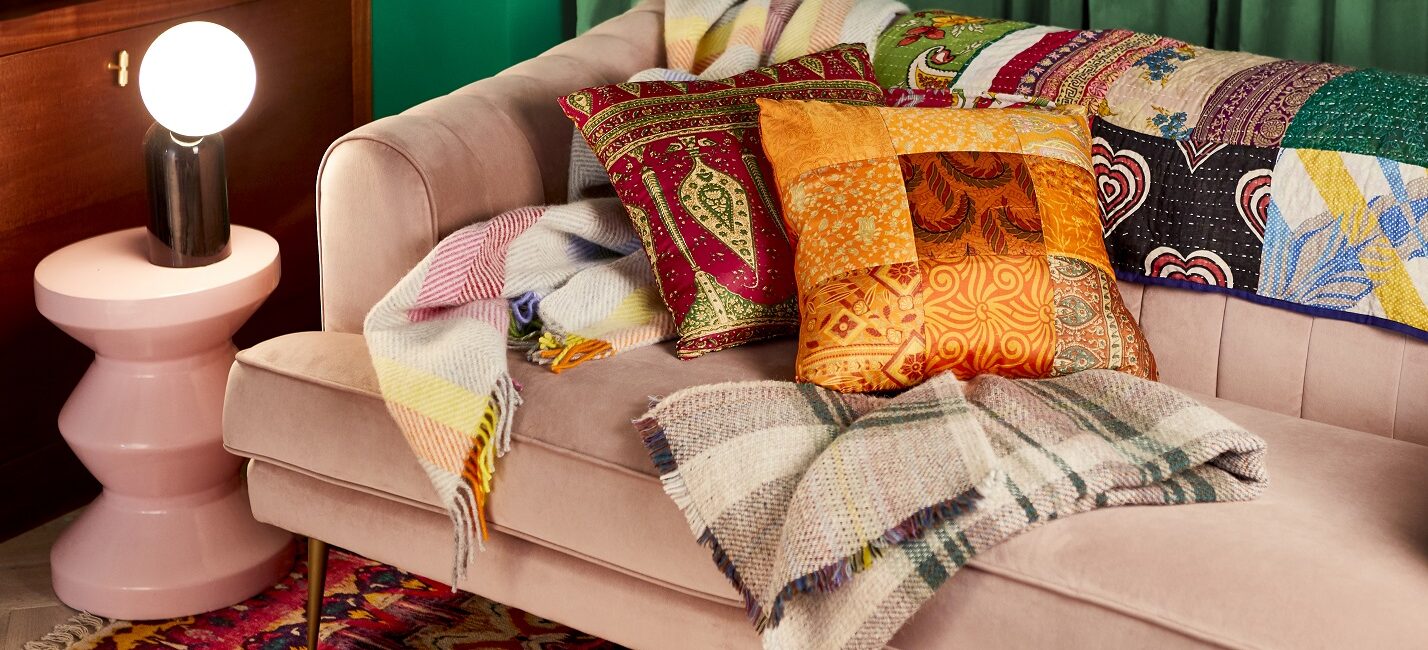Coronavirus: Impact on the Homes and Lifestyle Sector
It’s been widely reported that home improvements boomed during lockdown, as Brits stuck within their four walls relished the opportunity to declutter, decorate and dig in an effort to pass the time.
However, as lockdown begins to lift, many of our clients in the homes and lifestyle sector have been questioning the extent to which consumer demand for their products and services may change.
We partnered with OnePoll to survey 2,000 consumers and explore attitudes to spending on their homes, asking about plans for new kitchens, bathrooms, extensions and home décor.
The results make interesting reading. While there is appetite for immediate projects, it’s in specific sections of the population, meaning marketeers may have to adjust their approach to reach audiences unfamiliar with their brands.
1. There’s Appetite to Spend
The lockdown effect is still going strong for people considering changes to home décor, with 23% of people saying they are more likely to embark on a refresh in the coming months than pre-pandemic, 60% about the same, and 26% less likely.
Looking specifically at those who were planning on undertaking significant home improvements, such as an extension, before lockdown, 12% said they are now more likely to go ahead, 53% about the same, and 35% less likely.
The results are similar for those considering a new kitchen or bathroom, with 11% more likely to go ahead, 48% about the same and 41% less likely.
With a market clearly defined for those planning to spend on home improvements in the coming months, we delved into the findings further to see how else those ‘more likely’ to spend can be identified.
2. Differences by Gender
While at first glance the findings between men and women appear minor, it is these percentage points that will help marketeers focus limited budgets.
Men say they are more likely to invest in a new kitchen or bathroom, with 13% planning to spend, compared with 7% of women.
The same can be seen for those looking to undertake significant home improvements. Looking at respondents planning this activity pre-pandemic, 14% of men said they are now more likely to proceed, and 53% about the same, compared to 11% and 46% of women respectively.
35% of women said they were less likely to continue significant home improvements, compared with 31% of men.
However, attitudes switch when considering refreshing home décor. 24% of women are now more likely to undertake this, and 61% about the same, compared to 16% and 59% of men respectively. Only 16% of women said they are less likely, versus 41% of men.
3. Age Matters
When reviewing the demographics most likely to spend, 25-34 year olds are head and shoulders ahead of any other demographic. 13% of this age group say they are now more likely to undertake significant home improvements, compared to just 3% of over 55s and 4% of 45-54 year olds.
The same can be seen when it comes to investing in a new kitchen or bathroom: 10% of 25-34 year olds say they are now more likely to spend, and 28% about the same, compared to 3% and 18% of over 55s respectively.
The pattern continues when asked about refreshing home décor; 23% of 25-34 year olds are more likely to undertake work this summer, compared to 14% of 45-54 year olds and over 55s.
4. Regional Ramifications
Consumer confidence varies significantly by region, with attitudes most positive in London. 12% of Londoners say they are more likely to embark on significant home improvements, versus just 3% in Northern Ireland, and 4% in East Anglia.
23% of people in Wales, and 22% in the West Midlands, are less likely to continue with their pre-pandemic plans.
The same can be seen when considering a new kitchen or bathroom; 11% of Londoners are more likely to purchase, versus just 2% in East Anglia. A quarter of respondents in the West Midlands said they are now less likely to spend.
The findings are more positive when asking about refreshing home décor. Londoners still have the biggest plans, with 22% more likely to spend. However, this is closely followed by 20% of those in Yorkshire and the Humber, while 50% of people in Wales, the West Midlands and 49% in the North East say their plans will remain the same.
5. Parent Power
Interestingly, our research also pinpointed another audience more likely to be improving their home in the coming months: parents of children aged between 0-3 years. In fact, we found a strong correlation; the younger your children, the more likely you are to spend on your home.
Parents of young children are more likely to spend on significant home improvements this summer (22%) than parents of primary age children (14%), secondary age children (10%), grown up children (5%) or those with no children (3%).
The findings were reflected in those looking to install a new kitchen or bathroom – 19% of parents of young children said they were more likely to proceed with a project, versus 11% primary, 9% of secondary parents, 5% with grown-up children, and 3% of non-parents.
And the trend continues with refreshes to home décor, with 28% of parents of young children more likely to spend, compared to 22% of primary and secondary, 16% of grown-up children and 15% of non-parents.
Summary
The findings pinpoint specific audiences looking to embark on immediate home improvements, while providing reassurance that a larger majority are set to continue with their pre-pandemic projects unchanged.
However, with attitudes varying between sexes, age groups, geographical locations and even life stage, it will be the businesses that are agile enough to adapt their marketing to reach these new audiences that will be the real winners as lockdown eases.
The author: Rebecca Williams, director, is a specialist in consumer PR. She has almost 20 years’ experience in the FMCG, retail, leisure and automotive industries.
